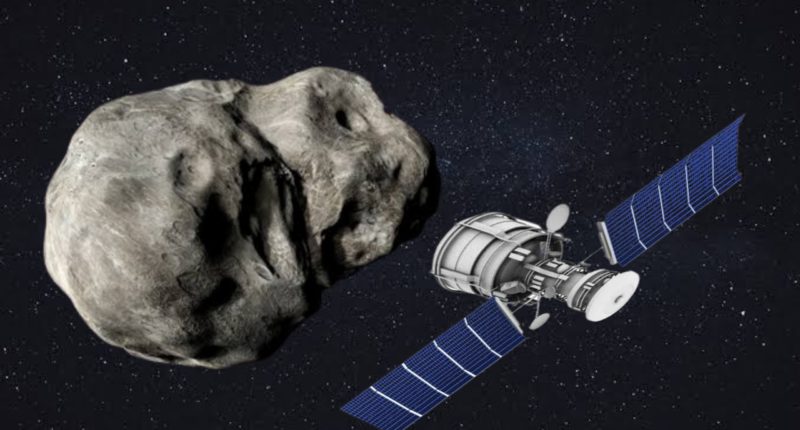The National Aeronautics and Space Administration (NASA) in an experiment performed on Monday deliberately crashed a satellite into a small, non-threatening asteroid to change the orbit of the space object. This mission marks the first attempt by humans to alter the trajectory of a space object.
What they are saying
NASA administrator Bill Nelson congratulated the DART team after the historic test, saying that the international group of scientists can protect the planet from incoming asteroids. He stated that “we are showing that planetary defense is a global endeavour, and it is very possible to save our planet.”
- Nancy Chabot, a planetary scientist at the Johns Hopkins University Applied Physics Laboratory, said, “the impact marks “a new era of humankind, an era in which we potentially have the capability to protect ourselves from a dangerous asteroid impact.”
Why it matters
NASA launched this first-of-a-kind manoeuvre named “Double Asteroid Redirection Test (DART)” to test its ability to defend Earth against hazardous asteroids or comets in case of a collision course by nudging them off, altering their trajectory.
Understanding the Mission
The DART spacecraft, a $325 million mission, was traveling at 14,000 miles per hour (22,530 kilometers per hour) with a weight of 1,260 pounds (571.5 kilograms) when it crashed Dimorphos, the target asteroid, at about 6.8 million miles (11 million kilometers) from the planet Earth.
- The DART spacecraft, which is about the size of a vending machine, crashed into the non-threatening asteroid, Dimorphos, which measures 525 feet wide (about the size of a football stadium) having left earth 10 months earlier.
- Neither the DART spacecraft nor the crashed asteroids poses an immediate threat to Earth.
- A spacecraft, called LICIACube, holding two cameras flew past the crashed asteroid about three minutes after the crash to collect images of the collision.
Looking forward
It would take a few weeks to determine the exact deflection of Dimorphos by the DART spacecraft, although earlier predictions had stated that the space rock’s trajectory would change after a few minutes.
The European Space Agency’s Hera spacecraft will conduct a further study of the crashed asteroid in 2026 to get a more accurate understanding of the impact of the collision.
What you should know
NASA and Johns Hopkins University Applied Physics Laboratory astronomers would measure the deflection of Dimorphos by comparing the hit asteroid post-impact orbit to the baseline they already got.
At the moment, there are no known asteroids that are on a collision course with Earth, besides asteroid strikes rarely occur. Regardless, if a space rock were to impact a populated area on earth, there would be significant damage to that region.

